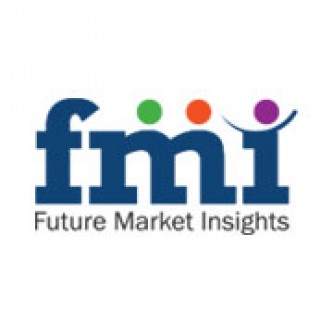Swelling of conjunctiva (tissue covering white portion of eye) due to allergy is known as allergic conjunctivitis. Allergic conjunctivitis is caused due to allergens in patients such as household dust, mold spores, pollen from trees and grass, chemical scents (e.g., household detergents or perfume) and animal dander. Allergic conjunctivitis treatment includes medication for redness and inflammation caused to the conjunctiva. International Ocular Inflammation Society (IOIS) describes allergic conjunctivitis as a type of ocular allergy that is further classified into two types, namely, seasonal allergic conjunctivitis and perennial allergic conjunctivitis. In the U.S., allergic conjunctivitis affects 15-20% of the general population while in other parts of the world, the estimates vary from 5-22% depending upon the topographical and demographic variations annually.
Allergic Conjunctivitis Treatment Market: Drivers and Restraints
Enhanced awareness about allergic conjunctivitis among the patients, medical community and people associated with the patients is one of the major driver for the growth of global allergic conjunctivitis market. Development in lifestyle and overall growth in number of patients suffering from allergic conjunctivitis are key factors boosting the growth of the global allergic conjunctivitis market. Hence, treatments that can reduce allergic conjunctivitis are in demand. However, high cost associated with clinical trials acts as a major barrier for global allergic conjunctivitis market.
Request Free Report Sample@ http://www.futuremarketinsights.com/reports/sample/rep-gb-1318
Allergic Conjunctivitis Treatment Market: Segmentation
Allergic conjunctivitis market is classified on the basis of allergy type, drug type and geography.
Based on the type of allergy, the global allergic conjunctivitis market is segmented into the following:
• Acute Allergic Conjunctivitis
• Chronic Allergic Conjunctivitis
Based on the drug type, the global allergic conjunctivitis market is segmented into the following:
• Antihistamines
• Vasoconstrictors
• Mast Cell Stabilizers
• Non-Steroidal Anti-Inflammatory Drugs (NSAIDS)
• Corticosteroids
Visit For TOC@ http://www.futuremarketinsights.com/toc/rep-gb-1318
Global Allergic Conjunctivitis Market: Overview
Rapid technological advancement, increase in the number of patients, increasing aging population, increasing demand for efficient drug types, increase in the incidence and prevalence of allergic conjunctivitis cases is expected to fuel growth of the global allergic conjunctivitis market during forecast period.
Global Allergic Conjunctivitis Market: Region-wise Outlook
Depending on geographic regions, global allergic conjunctivitis market is segmented into seven key regions: North America, Latin America, Eastern Europe, Western Europe, Asia Pacific Excluding Japan, Japan and Middle East & Africa. North America is the largest market owing to the high prevalence of allergic conjunctivitis in the region. According to estimates, approximately 60 Mn to 90 Mn Americans suffer from ocular allergy. The APAC market is poised to grow rapidly in the near future owing to large population base which boosts demand for better healthcare facilities. Rapid urbanization and increasing particulate pollution has increased incidences of allergic conjunctivitis in several Asian countries such as India even though, the market has certain restraints such as awareness among general public regarding eye disorders and lack of health insurance.
Full Report Analysis@ http://www.futuremarketinsights.com/reports/allergic-conjunctivitis-treatment-market
Global Allergic Conjunctivitis Market: Key Players
Some of the key players in the global allergic conjunctivitis treatment market are Boehringer Ingelheim GmbH, Allergan Inc., Sanofi-Aventis, Novartis AG, Bausch & Lomb Inc., CIBA Vision Ophthalmics, Pfizer Inc., Merck & Co., Inc., and Santen Pharmaceuticals Co. Ltd.

